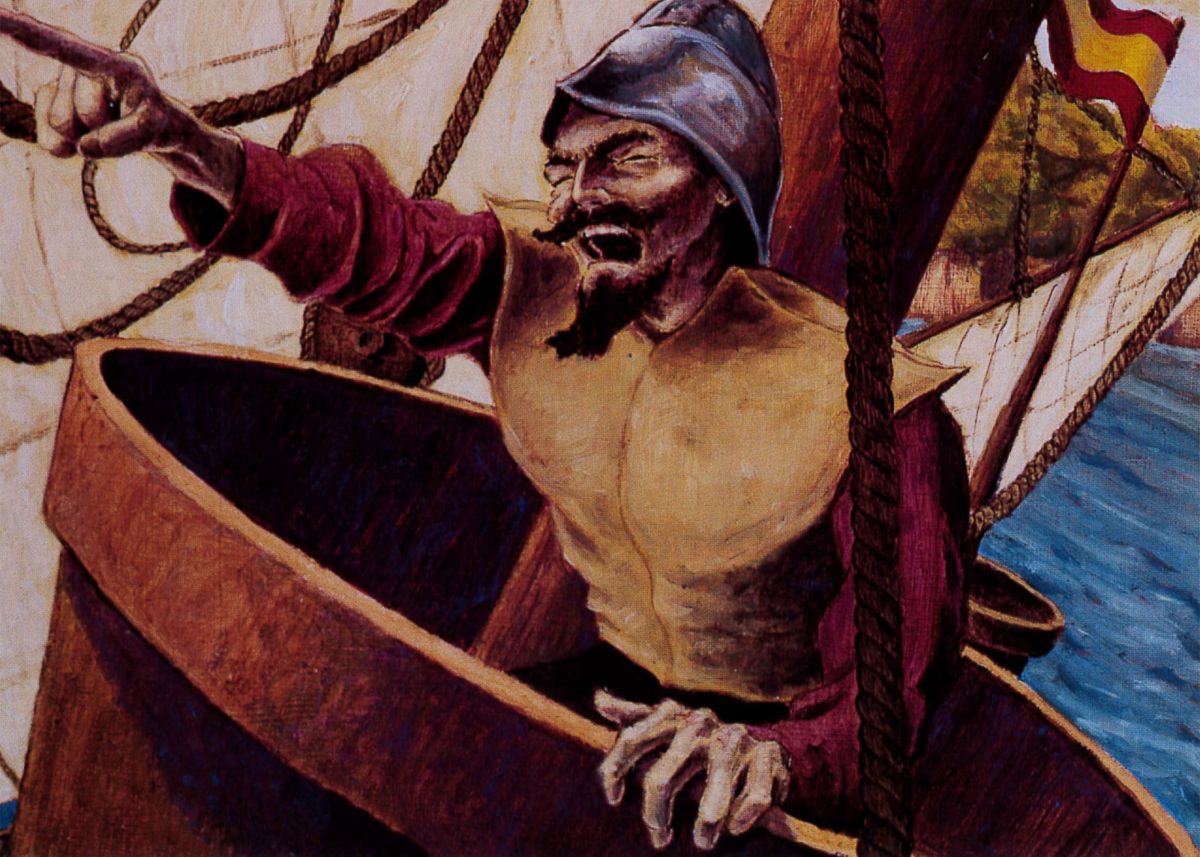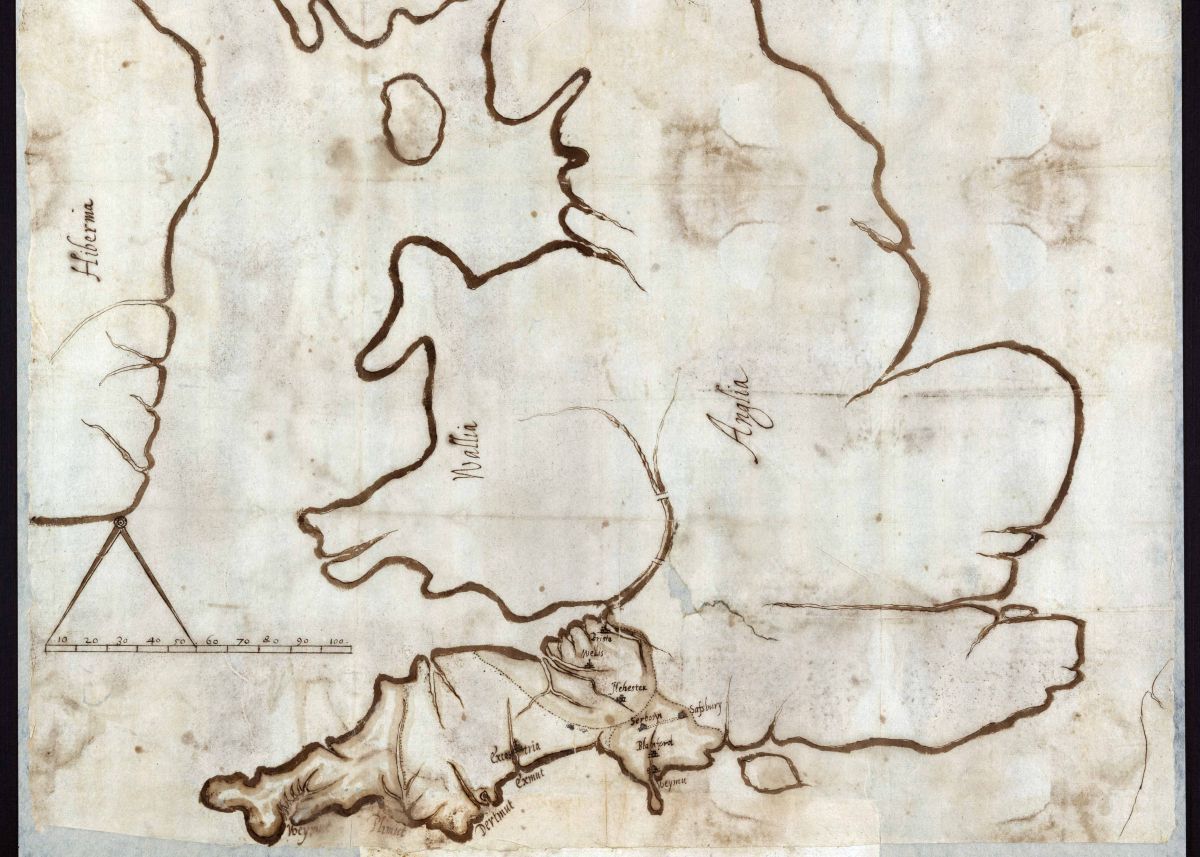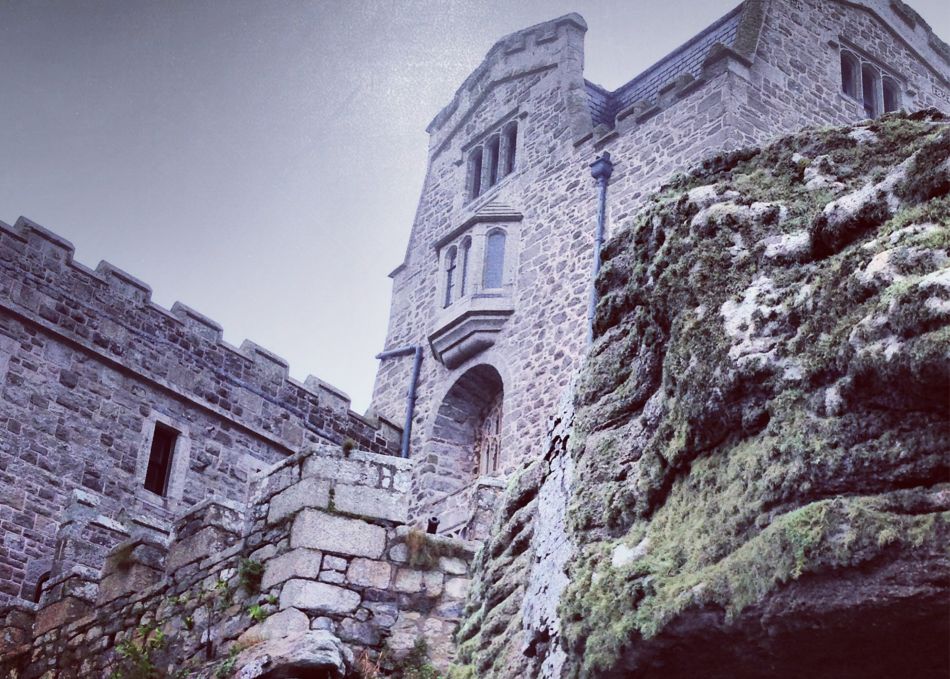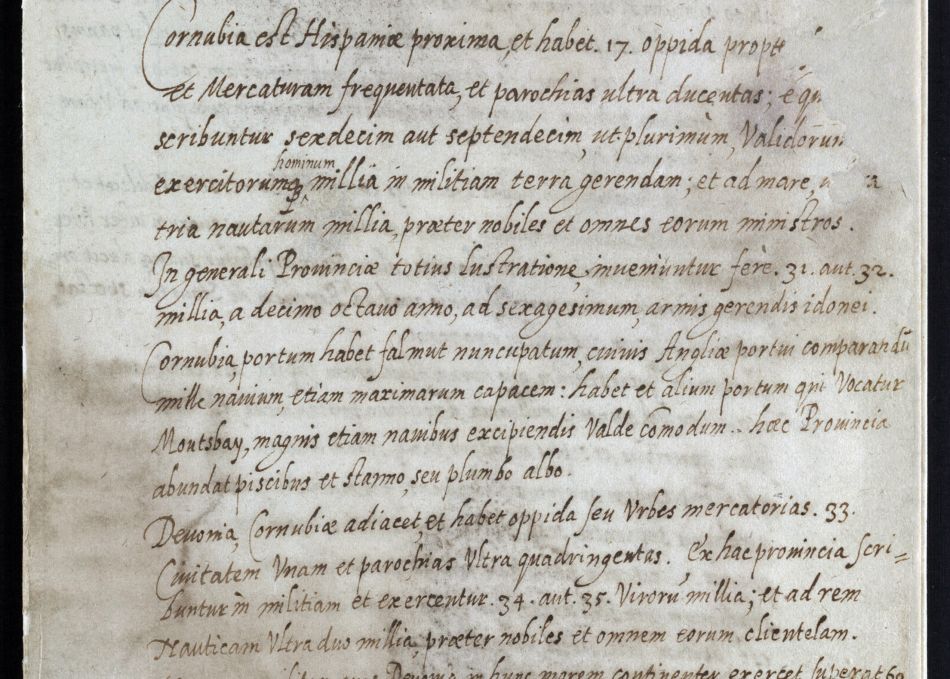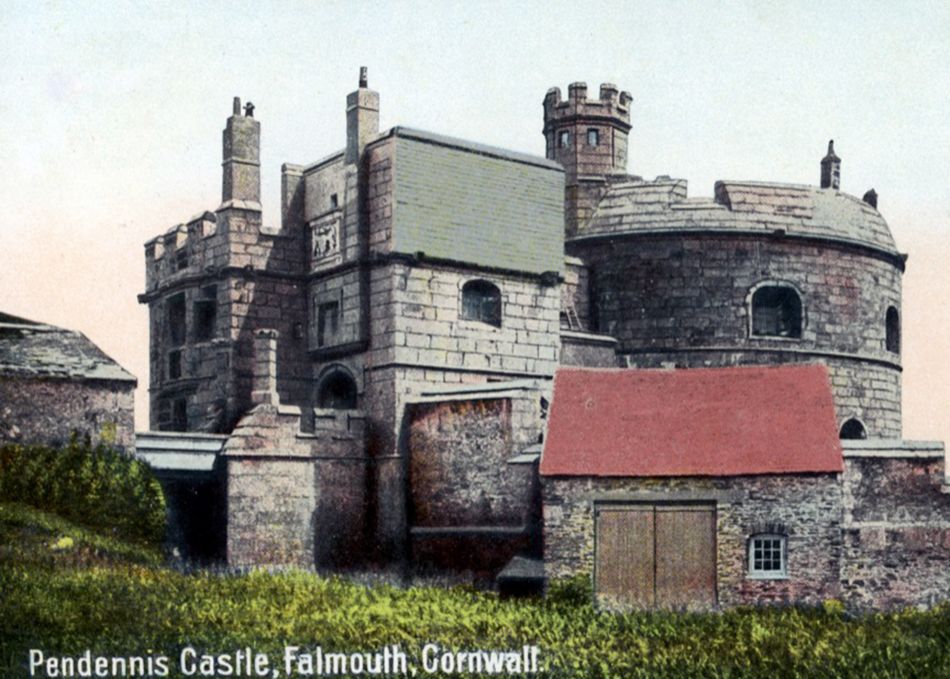Spain and England
In the middle of the 1550s, the English government changed the country’s religion from Catholic to Protestant. Cornish people were very angry about this and fought the government in the Prayer Book Conflict. Once England had become a Protestant country, it became the enemy of Catholic countries like Spain and English and Spanish ships fought each other at sea. In 1588, Spain sent an armada (a large group of ships) to England to try to invade, but they were defeated by the English navy and rough weather.
Mousehole and Paul
After the defeat of the armada, Spain continued to send ships to spy on England. A Cornishman called Sir Francis Godolphin wrote to Queen Elizabeth saying he was worried about a possible Spanish invasion of the Isles of Scilly.
In my last I wrote my conceived fear for want of more men to defend the new fortification in Scilly yet scarce finished; I rest still of the same mind that it needeth a stronger garrison, for the gathering of these Spaniards seemeth as a cloud that is like to fall shortly in some part of her Majesty's dominions. Sir Francis Godolphin (10 July 1595)
Then, on 23rd July 1595, four Spanish ships carrying 400 soldiers arrived off the coast of Mousehole. Two hundred Spanish soldiers came ashore and set fire to the village and to the church at Paul. Local people ran in panic to Penzance. At Penzance, Sir Francis tried to organise men to defend the town.
Penzance and Newlyn
The Spanish soldiers got back on their ships and sailed around to Newlyn. Here all 400 soldiers came ashore and set fire to houses. Sir Francis had managed to gather only 12 of his servants to defend Penzance. This was not enough men to fight 400 Spanish soldiers. The Spanish set fire to Penzance and their ships fired their cannons at the town. During the attack, 400 houses were destroyed. The Spanish held a Catholic mass (religious service) outside Penzance and returned to their ships.

Marazion and St Michael’s Mount
By the evening of 23rd July, Sir Francis had gathered enough people to defend the town of Marazion and St Michael’s Mount. The next day, the Spanish could see that there were more Cornish people defending the area and decided not to come ashore at Marazion. On 25th July, ships were sent from England to try to attack the Spanish. However, the wind changed direction, which allowed the Spanish ships to quickly get away.
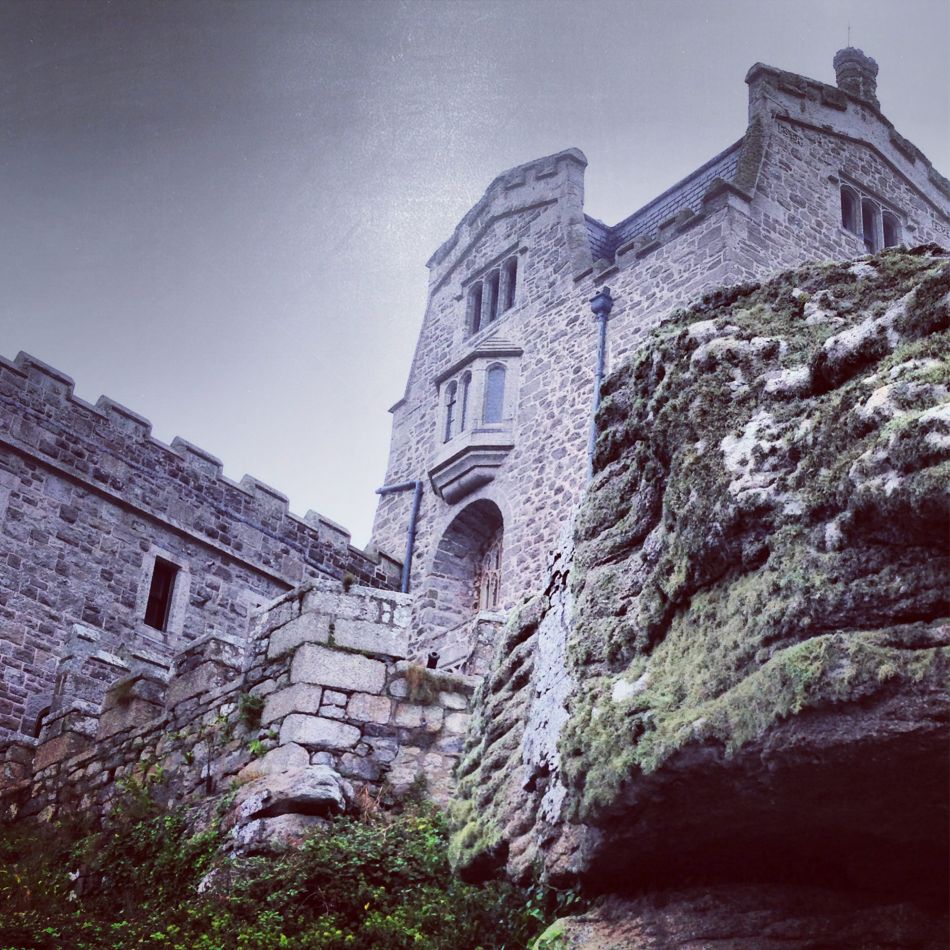
The prediction
The Spanish raid had actually been predicted by Cornish people. Long before it happened, there had been a saying in Cornish:
Ewra teyre a war mearne Merlyn
Ara lesky Pawle, Pensanz ha Newlyn
In English this means:
They shall land on the Rock of Merlin
Who shall burn Paul, Penzance and Newlyn
The Rock of Merlin is at Mousehole, where the Spanish soldiers came ashore.
Cornish support for Spain?
Why did so few Cornish people help to fight the Spanish soldiers? Why were only four local people killed when so many Spanish soldiers came ashore? Why did Richard Carew describe the local people as cowards when he wrote about the Spanish raid in 1602? Did people in west Cornwall want to return to the Catholic religion, supporting the Spanish invasion?
We don’t know the answers to these questions for certain. However, in the same year as the Spanish raid, a man called Tristram Winslade wrote a detailed letter to the king of Spain. Tristram was the grandson of John Winslade, who had led the Cornish army during the Prayer Book Conflict. In his letter, Tristram asked the Spanish king to invade England and restore the Catholic religion. He told him that there were people in Cornwall who would support a Spanish invasion, and that one of those people was none other than Sir Francis Godolphin!

Kraus Collection of Sir Francis Drake, Rare Books and Special Collections Division of the Library of Congress, Washington, DC
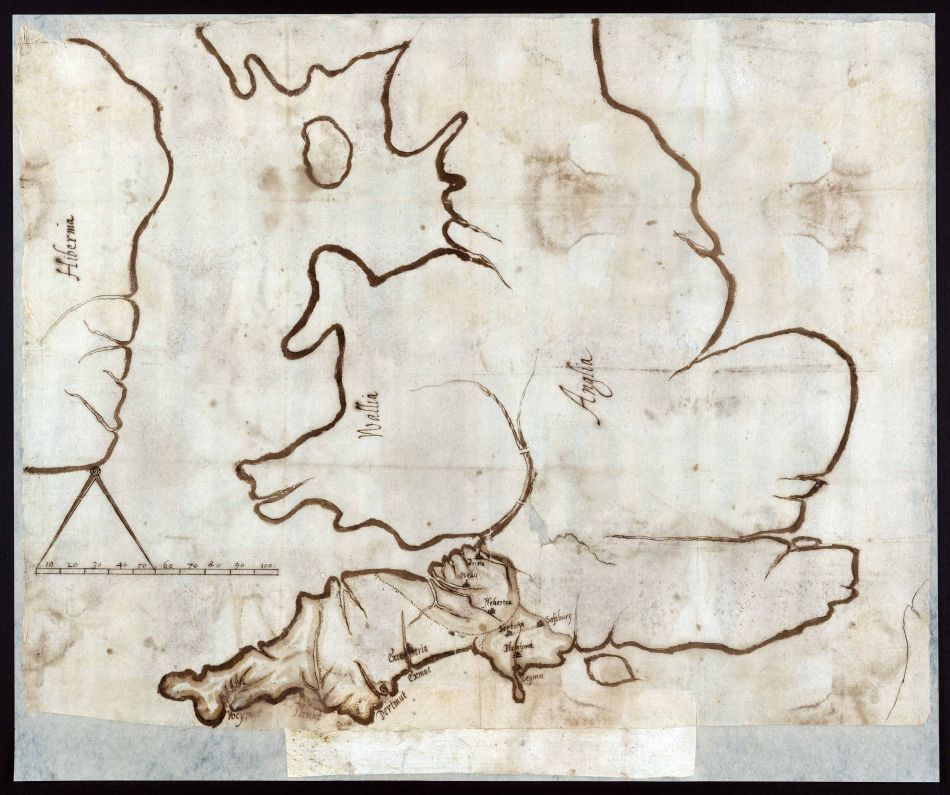
Kraus Collection of Sir Francis Drake, Rare Books and Special Collections Division of the Library of Congress, Washington, DC
Did you know?
In 1587, Spanish soldiers invaded Penryn in Cornwall. They found the town empty. The soldiers heard shouting and banging coming from the other side of a hill outside the town. They thought that this was a large army of Cornish people coming to attack them, so they ran back to their ships. In fact, the noise was the sound of the audience watching a Cornish play about St Samson!



